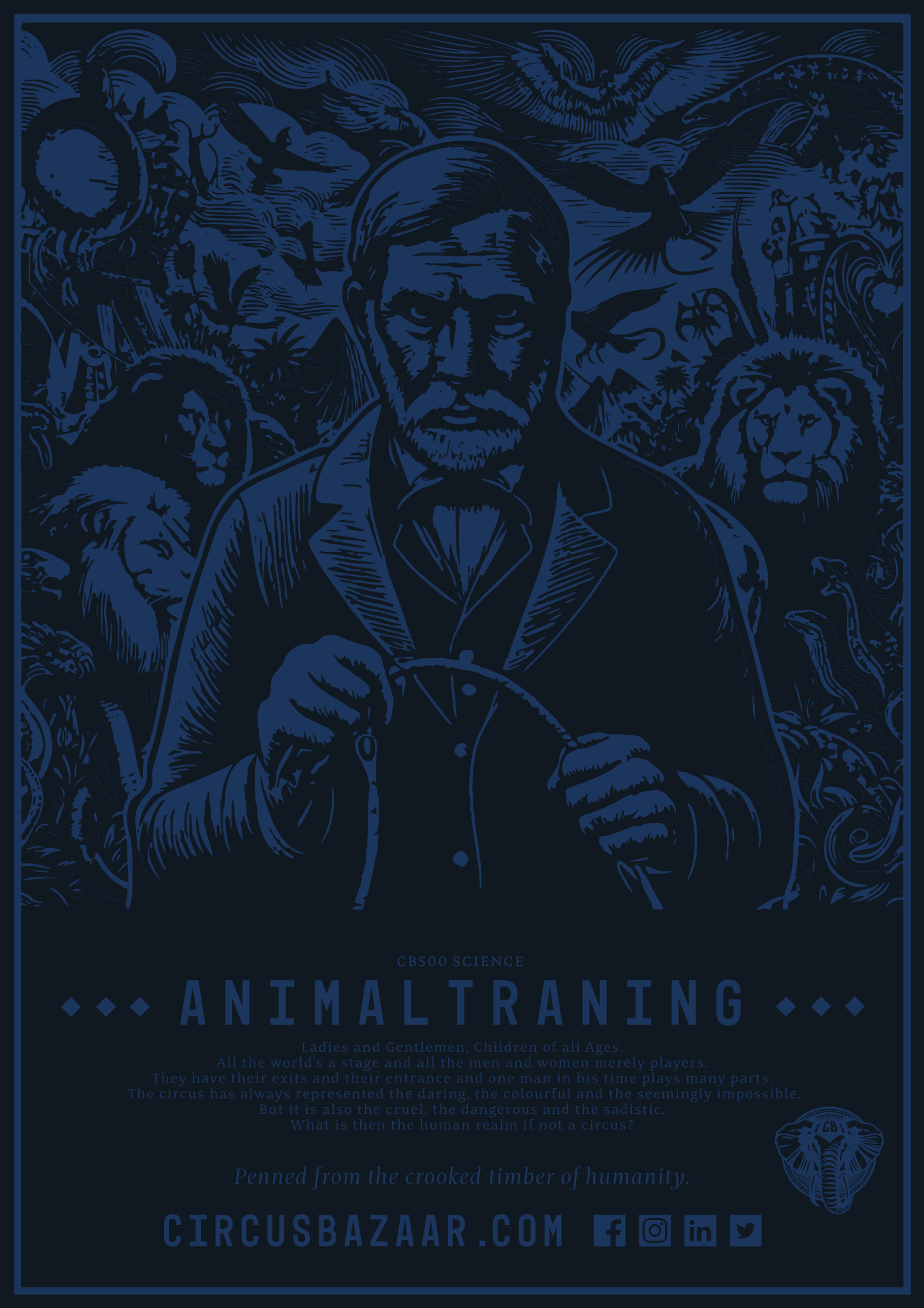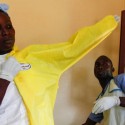“In the three hardest hit countries, Guinea, Liberia and Sierra Leone, the number of new patients is moving far faster than the capacity to manage them. We need to surge at least three to four times to catch up with the outbreaks,”
Director Margaret Chan
[dropcap size=big]T[/dropcap]his call to arms by the head of the World Health Organisation is mirrored on the ground by journalists like Sky News Katie Mark, who has just returned from a Sierra Leone village at the epicentre of the outbreak. She claimed that people are sometimes afraid of reporting the virus. “There are not enough resources being put into stopping the spread of Ebola. If someone dies the body can be sitting there for up to eight days and in that time the disease can spread further. There is not enough knowledge about the virus and people are scared to report it. They see Ebola as a death sentence, that if the family is going to die they would rather they die at home. They do not realise that if they get treatment their chance of survival is greatly increased.”
This is also leading markedly to the spread of the disease as people flee hot zones. Some of whom are carrying the Ebola pathogen which can take as much as twenty one days to show symptoms. This long gestational period is allowing the rapid and wide spread of the disease in an Africa which has become far more densely populated and urbanised than in previous outbreaks.
In 1900 its estimated that about 95% of Africa’s inhabitants south of Sahara lived from primary occupations such as farming, hunting & gathering, cattle nomadism, and fishing meaning that less than 5% were urban. In 1950 (at the very begging of the independence period) 14.7% of Africa’s inhabitants were settled in urban areas. By 2000 it had risen to 37.2% and it is expected to rise to 45.3% in 2015. The support infrastructure for this massive and rapid urbanisation has created roads, rail and more extensive travel as well as new industries like logging and mining. All of which have led to the penetration of previously remote areas where Ebola has typically flared and then died in isolation from larger populations which might have fed it. Recent urbanisation and the economic industrialisation of Africa’s resources are undoing the ‘natural’ barriers of distance and jungle isolation which Ebola has foundered against in the past, allowing it now to spread and create the worst Ebola outbreak in history.
More hype than danger to Ebola?
The fact that this disease is only contagious through body fluids, rather than through air and water supplies makes it not especially transmissible and does appear at odds with the mainstream media’s near panicked tone over this latest outbreak. Indeed projected figures if such an outbreak occurred in the UK are far less worrisome than those currently in the 3 nations most affected. Developed nations capacity to stifle such a pandemic with this hard to transmit disease would likely be highly successful.
But that may be the very point of this threat. Poor education, misinformation, fear and the low societal capacity of these very poor, often war torn nations has allowed the scope and spread and sample group of Ebola’s infestation to expand dramatically in a way that would likely never happen in a developed nation. What is highly salient here is that the pathogen has gained the opportunity to evolve in a large sample population of more urbanised and mobile Africans, creating the prospect (although highly unlikely) of it becoming a far more dangerous airborne disease at some point.
Ironically it is the newly gained mobility of the African populations, which is carrying the disease so far and plaguing the quarantine efforts of beleaguered governments such as Sierra Leone, Liberia, Guinea and the various NGO’s attempting to contain the outbreak. Economic activities, better transport facilities and trade have vastly increased both the disease vectors and their efficiency at spreading Ebola through travelling West Africans. The generally high distrust the populations of these nations have for their governments also creates a lack of social cohesion in dealing with the disease with rumours of government conspiracies and secret genocide often preventing people seeking treatment or staying in quarantine zones. Another factor is the relative cost and process required to define whether the patient has dengue fever, malaria or Ebola which can initially present with similar symptoms.
“Symptoms of Ebola include fever, headaches, muscle aches, internal bleeding and diarrhoea”, said Melvin Weinstein, chief of the Division of Allergy, Immunology and Infectious Disease at Robert Wood Johnson Medical School. “Other diseases also cause those symptoms, meaning a blood test is required to confirm whether the patient has Ebola or another disease, like malaria.”
And to complicate the matter further, the resources of these very poor nations are completely inadequate to deal with an outbreak of this scale. It certainly prompts the question of just how likely is Ebola to mutate into and airborne strain with such increased population exposure. As the virus continues to circulate through west Africa, it may like any other pathogen continue to acquire genetic mutations. So far, however, there is no indication that Ebola is mutating in a way that could allow it to make the leap from becoming transmissible via contact with body fluids (as it is now) to become a germ that could be transmitted by breathing the same air, according to WHO.
With Ebola, “I don’t think we have the information at this time to know what the real risk is but it is probably not zero,” says Ebola expert Thomas Geisbert, a virologist at The University of Texas Medical Branch at Galveston. The incident that put the spectre of airborne Ebola on the map was chronicled in the book The Hot Zone, wherein, in 1989, the virus was apparently spread via the air from monkey to monkey (although it did not make the leap to humans working in the lab). But experts have subsequently wondered if that lone circumstance of primate-to-primate air transmission was fuelled by the lab setting and man-made systems. As Osterholm notes in his piece, in 2012 researchers found that a strain of Ebola was spread from pigs to non-human primates via the air in a different lab setting. The virus, however, did not then spread from monkey-to-monkey in those circumstance.

[sociallocker id=”1624″][/sociallocker]
Urbanisation
Arguably though, humanity is creating such labs everywhere through urbanisation, air conditioning and transport mediums allowing many more of such lab like pressures on the pathogen to be effected. We may be artificially enhancing the more conservative selection process the Ebola virus is normally under via the huge human presence in the environment. And with a region with such limited capacity to control this outbreak, we may well be allowing its spread to further enhance the virulence and spread of this Ebola outbreak.
“However, we identified only weak evidence for the occurrence of epidemic control in West Africa as a whole, and essentially no evidence for control in Liberia (though slowing of growth was seen in Guinea and Sierra Leone). It is projected that small reductions in transmission would prevent tens of thousands of future infections. These findings suggest that there is an extraordinary need for improved control measures for the 2014 Ebola epidemic, especially in Liberia, if catastrophe is to be averted.” Says David Fisman of PLOS Currents: Outbreaks. (PLOS is an Open Access publication channel for the rapid communication of new research results.)
So as Ebola stands in its current form, it may not be a particularity dangerous pandemic threat to the more developed nations – but its impact on Africa as a major commodity, trade, tourist mecca and labour source could have huge subsequent impacts on the global economy if the epidemic spread widely throughout out the rapidly urbanising continent.
And with recent outbreaks in Spain and Ebola victims arriving unexpectedly in Texas in the US, its clear that Ebola still has the capacity to spread into developed nations under the right conditions.


























